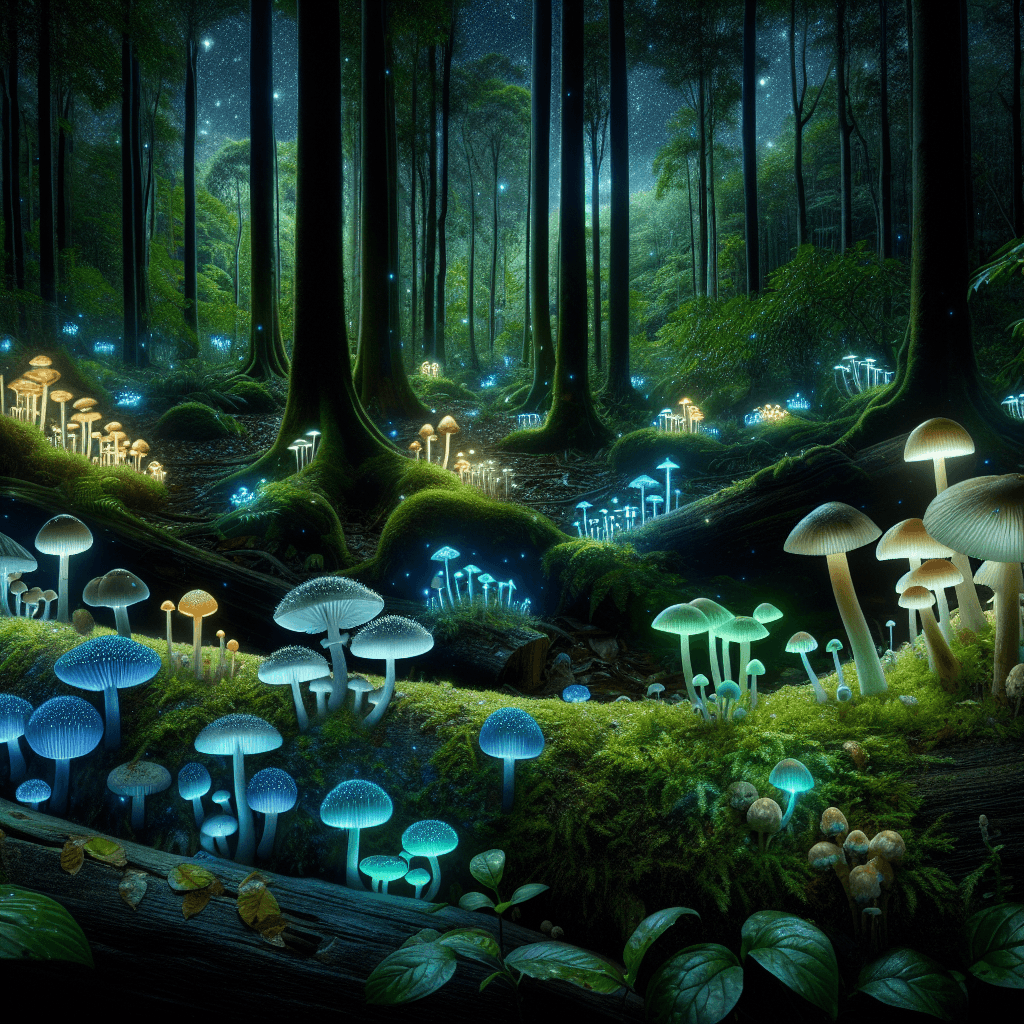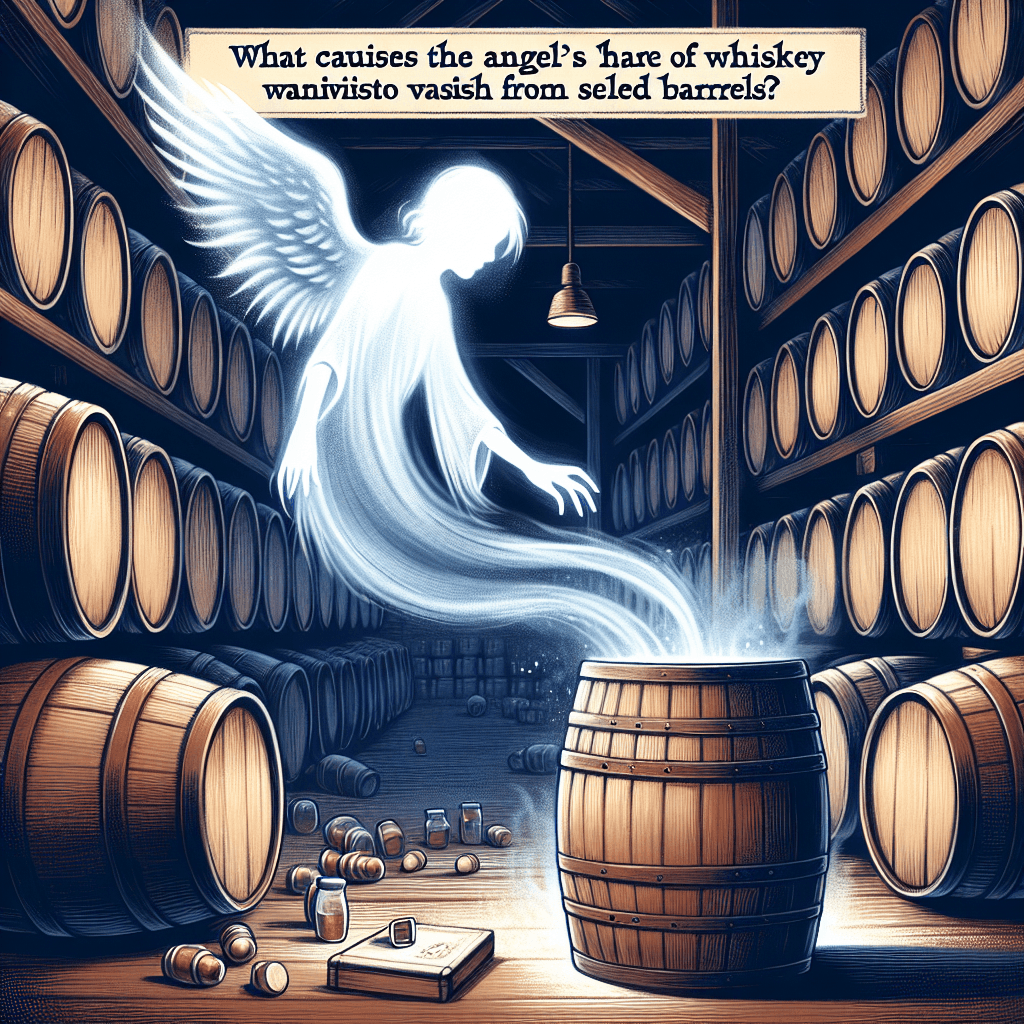Why do some mushrooms glow in the dark
It's not magic, but a biological trap. Discover the cunning reason why these fungi evolved to light up the forest floor with an eerie glow.


Too Long; Didn't Read
Some mushrooms glow due to a chemical reaction that creates light. This bioluminescence attracts insects at night, which then help spread the mushroom's spores to new areas so it can reproduce.
Nature's Nightlights: Why Do Some Mushrooms Glow in the Dark?
Have you ever imagined walking through a forest at night and seeing an eerie, ethereal green light emanating from the forest floor? This isn't a scene from a fantasy novel, but a real natural phenomenon known as "foxfire." The source of this enchanting glow is not a magical creature, but something far more common: a mushroom. While we often associate bioluminescence with fireflies or deep-sea creatures, over 100 species of fungi have mastered the ability to produce their own light. This captivating trait is more than just a beautiful quirk of nature; it's a sophisticated survival strategy. This post will delve into the science behind this glow, exploring the chemical reaction that powers it and the evolutionary reasons why some mushrooms light up the night.
The Chemistry of a Fungal Lantern
The ghostly glow of a mushroom is a form of bioluminescence, which is simply the production of light by a living organism through a chemical reaction. It's crucial to distinguish this from fluorescence, which requires an external light source to absorb and re-emit light. Bioluminescent organisms are their own power source, creating light from scratch.
At the heart of this fungal glow is a precise chemical cocktail. The process involves two key components:
- Luciferin: A light-producing molecule. The specific type of luciferin used by fungi is derived from a compound called hispidin.
- Luciferase: An enzyme that acts as a catalyst, speeding up the chemical reaction.
When the fungal luciferin molecule interacts with the luciferase enzyme in the presence of oxygen, a chemical reaction occurs. This reaction releases energy, but instead of producing heat, it emits it as cold, visible light. The result is the steady, greenish glow characteristic of species like the Honey Mushroom (Armillaria mellea) or the Ghost Fungus (Omphalotus nidiformis). Research, including work from scientists in Russia and Brazil, has confirmed that this process is surprisingly efficient, converting chemical energy into light with minimal waste.
An Evolutionary Bright Idea: Why Glow?
For a long time, scientists debated whether the glow was just a metabolic accident—a useless byproduct of the fungus's other life processes. However, recent studies strongly suggest that bioluminescence serves a clear evolutionary purpose. The leading theory points to a clever strategy for reproduction.
Attracting Spore-Dispersers
The primary function of a mushroom is to produce and disperse spores to reproduce. While many mushrooms rely on the wind to carry their spores, those living on the dim forest floor, under a dense canopy, need a different approach. This is where the light comes in.
A landmark 2015 study published in the journal Current Biology provided compelling evidence for this idea. Researchers created realistic, non-glowing acrylic mushrooms and placed them in a Brazilian forest alongside naturally glowing Ghost Fungi. They observed that the glowing mushrooms attracted a significantly higher number of nocturnal insects, including beetles, flies, and ants. As these insects crawl over the mushroom's gills, they pick up spores and carry them to new locations, effectively becoming the mushroom's nighttime dispersal agents. The glow acts as a beacon, guiding these crucial partners to the fungus in the dark.
A Possible Warning Sign?
Another, less-supported theory suggests the light might serve a defensive purpose. The glow could act as a warning signal to nocturnal animals that eat fungi (fungivores), indicating that the mushroom is toxic or unpalatable. By making itself conspicuous, the mushroom might deter potential predators. While plausible, the evidence for attracting helpful insects is currently much stronger, suggesting that the "come-hither" signal is more important than the "stay-away" one.
Conclusion
The glow of a bioluminescent mushroom is far more than a beautiful spectacle; it's a testament to the ingenuity of evolution. Powered by a precise luciferin-luciferase reaction, this natural nightlight is a highly effective tool for survival. By transforming chemical energy into a ghostly green beacon, these fungi attract insects that ensure their genetic legacy is carried far and wide through the darkened forest. This fascinating adaptation reminds us that even in the most familiar environments, there are still incredible natural mysteries waiting to be discovered, shining a light on the complex and wonderful connections that tie the living world together.


